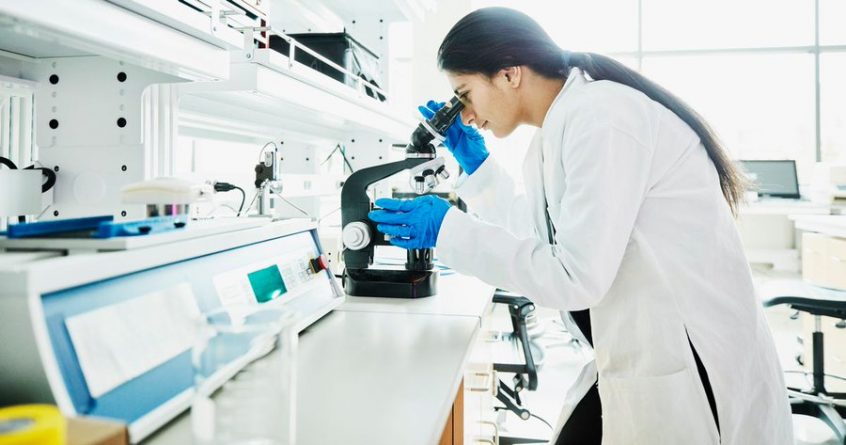The era of nanomedicines is upon us – medicines that are so tiny they act at the level of individual molecules within cells. And the astonishing part is these nanomedicines are created by artificial intelligence, known as AI.
This enables scientists not only to grow virtual tumours but also to use AI to design specific nanoparticles to treat them.
It’s a huge step forward in the development of new therapies for cancer as scientists can use virtual tumours to design nanodrugs before they’re tested in the lab or on patients.
This stunning work is by the European project EVONANO which involves Dr Sabine Hauert and Dr Namid Stillman from the University of Bristol, and is led by Dr Igor Balaz at the University of Novi Sad, Serbia.
Dr Hauert says: “Simulations enable us to test many treatments very quickly, and for a large variety of tumours. We are still at the early stages of making virtual tumours, given the complex nature of the disease, but the hope is that even these simple digital tumours can help us more efficiently design nanomedicines for cancer”.
She believes having the software to grow and treat virtual tumours could be crucial in the development of targeted cancer treatments.
“In the future, creating a digital twin of a patient tumour could enable the design of new nanoparticle treatments specialised for their needs, without the need for extensive trial and error or laboratory work, which is often costly and limited in its ability to quickly iterate on solutions suited for individual patients,” said Dr Hauert.
One of the great advantages of these nanodrugs is the potential for improved targeting of specific cancer cells. This is because nanoparticles are tiny “vehicles” that can be engineered to transport drugs into tumours.
Their design changes their ability to move in the body, and correctly target cancer cells.
A bioengineer might, for example, change the size, the electric charge or material of the nanoparticle, coat the nanoparticles with molecules that make them easily recognisable by cancer cells, or load them with different drugs to kill cancer cells.
A machine learning technique called artificial evolution fine-tunes nanoparticle designs until they can treat specific cancers, while avoiding side effects by preserving healthy cells.
Dr Stillman, co-lead author of the report with Dr Balaz, described the project as a three-year cross-European effort demonstrating how combining computer power with machine learning will find new and exciting ways to treat cancer.
In the future, the team aims to grow virtual versions of patients’ tumours, and then optimise treatments that are right for them. It’s mindboggling.

